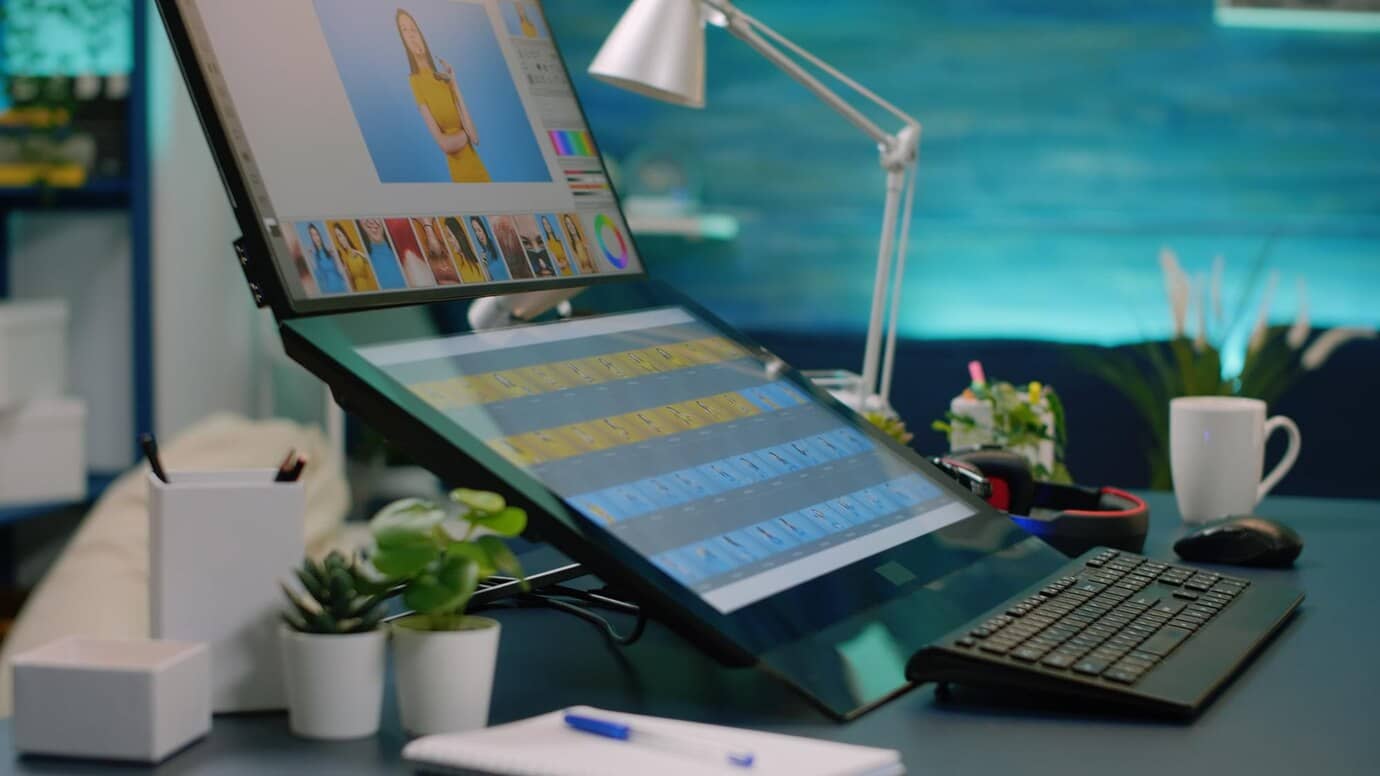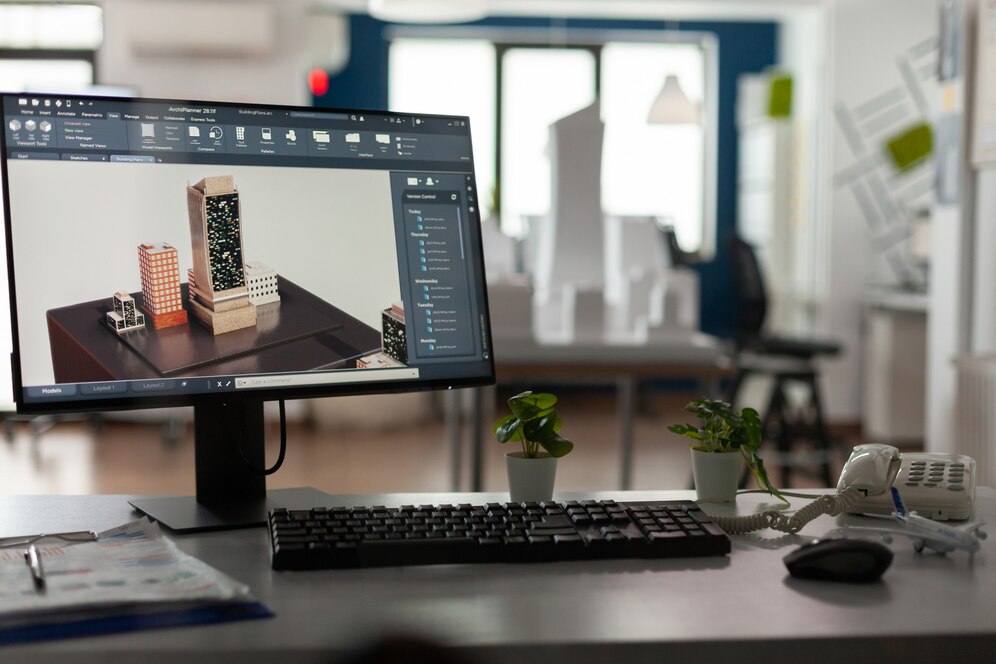How Accessibility in Website Design Boosts Inclusivity: Key Steps

Accessibility in website design ensures everyone can use a site easily. It promotes inclusivity by allowing people with disabilities to interact with web content.
This benefits businesses by reaching a broader audience. Accessible design is about creating websites usable by all people, regardless of their abilities. Many users face challenges on the web, from visual impairments to motor disabilities. Designing with accessibility in mind ensures everyone has equal access to information and services.
This not only helps users but also enhances your site’s reputation and compliance with legal standards. In this post, we’ll explore how accessibility contributes to inclusivity and outline practical steps designers can take to make their websites accessible to all users. Let’s dive in and make the web a more inclusive place!
Importance Of Accessibility
Accessibility in website design ensures that all users, regardless of ability, can navigate and interact with websites. This is crucial for inclusivity, allowing everyone to access information and services online. By making a site accessible, designers create a more equitable digital space. Accessibility also enhances the overall user experience and broadens the audience reach.
Broader Audience Reach
Accessible websites can reach a wider audience. People with disabilities, elderly users, and those with temporary impairments can all benefit. This inclusion increases the potential user base. Businesses can attract more customers, leading to higher engagement and better conversion rates.
| Accessible Design Feature | Benefit |
|---|---|
| Alt Text for Images | Helps visually impaired users |
| Keyboard Navigation | Assists users with mobility issues |
| Transcripts for Videos | Aids hearing-impaired users |
Enhanced User Experience
An accessible website offers a better user experience. Clear navigation, readable text, and intuitive design benefit everyone. Users can find what they need quickly and easily. This leads to higher satisfaction and lower bounce rates.
Consider the following steps to enhance accessibility:
- Use high-contrast colors for text and background.
- Ensure keyboard accessibility for all interactive elements.
- Provide text alternatives for non-text content.
- Include captions and transcripts for multimedia.
- Make sure your site is screen reader compatible.
These steps not only make your site accessible but also improve the overall design quality. An accessible site is a user-friendly site, benefiting all visitors.

Legal And Ethical Considerations
Ensuring accessibility in website design is not just about enhancing user experience. It also involves adhering to legal and ethical considerations. Designers must follow certain laws to avoid legal issues. They also have a moral duty to promote inclusivity and equality.
Compliance With Laws
Various laws across the globe mandate website accessibility. In the United States, the Americans with Disabilities Act (ADA) requires websites to be accessible to people with disabilities. The Web Content Accessibility Guidelines (WCAG) provide a framework for creating accessible web content.
Failure to comply can lead to legal repercussions. These may include fines or lawsuits. To avoid these, designers should stay updated with the latest accessibility standards. Regular audits can help ensure compliance.
Promoting Equality
Making websites accessible promotes equality. It ensures that all users, regardless of their abilities, have equal access to information and services. This is not just a legal obligation but also an ethical responsibility.
By implementing accessible design practices, designers show a commitment to social responsibility. This fosters a more inclusive online environment. Accessible websites benefit everyone, including people with temporary disabilities, older adults, and users on mobile devices.
- Use alt text for images.
- Ensure keyboard navigability.
- Provide transcripts for audio content.
- Use clear and simple language.
Adopting these practices makes the web a better place for all users.
Accessible Design Principles
Accessible design principles help create websites that everyone can use. These principles ensure that all users, including those with disabilities, have a good experience. Designers must consider these principles when building websites. Let’s explore the key components of accessible design.
Perceivable Content
Perceivable content means that users must be able to see and hear the information. Text alternatives for images, captions for videos, and clear font choices make content perceivable. Use high contrast colors for better readability. Ensure that content is accessible to screen readers.
Operable Interfaces
Operable interfaces allow users to navigate the website easily. Users should be able to use all functions through a keyboard. Avoid using time limits on actions. Ensure interactive elements are easy to use. Make sure buttons are large enough to click.
Understandable Information
Understandable information means content should be easy to read and understand. Use simple language and short sentences. Provide instructions for complex tasks. Ensure the layout is consistent and predictable. Avoid jargon and complex words.
Robust Architecture
Robust architecture ensures that the website works well with various tools and browsers. Use clean and valid HTML code. Regularly test the website with different assistive technologies. Keep the website updated and compatible with new standards. Ensure the website adapts to different devices.

Tools And Technologies
Accessibility in website design ensures that all users, regardless of their abilities, can navigate and interact with websites. This inclusivity is achieved through various tools and technologies. By incorporating these tools, designers can create a more inclusive web experience for everyone.
Screen Readers
Screen readers are essential for users with visual impairments. They convert text on the screen into speech or Braille. Popular screen readers include JAWS, NVDA, and VoiceOver. To support these tools, designers should use semantic HTML. This helps screen readers understand and convey the structure of the content. Alt text for images is also crucial. It provides a description of the visual content, making it accessible to all users.
Keyboard Navigation
Keyboard navigation is vital for users who cannot use a mouse. Websites should be fully navigable using a keyboard. This includes being able to access all interactive elements, like buttons and links, with the Tab key. Designers should ensure a logical tab order. This means users can move through the site in an intuitive way. Adding focus indicators helps users see which element is selected.
Voice Recognition
Voice recognition technology allows users to control their devices with voice commands. This is helpful for users with mobility impairments. Popular tools include Dragon Naturally Speaking and the built-in voice control on smartphones. Designers should ensure that websites respond accurately to voice commands. This includes using clear, concise language for labels and instructions.
Implementing Accessible Features
Implementing accessible features in website design is crucial for inclusivity. These features help users with disabilities navigate and understand content. Designers can take specific steps to make their sites accessible to all users.
Alt Text For Images
Alt text is essential for images. It provides a description for users who cannot see the image. Screen readers use alt text to describe images to visually impaired users. Good alt text is concise yet descriptive.
For example, if an image shows a cat sleeping on a couch, the alt text could be: "A black cat sleeping on a brown leather couch." Avoid using phrases like “image of” or “picture of.” These are redundant. The alt text should be clear and to the point.
Captioning For Videos
Captioning videos makes them accessible to users with hearing impairments. Captions provide a text version of the spoken content. They also include non-verbal sounds like [applause] or [laughter]. This ensures all users can understand the video content.
There are two types of captions: closed and open. Closed captions can be turned on or off by the user. Open captions are always displayed. Both types are helpful, but closed captions offer more flexibility.
Color Contrast
Color contrast is important for users with vision impairments. High contrast between text and background makes reading easier. Low contrast can cause strain and make content unreadable.
The Web Content Accessibility Guidelines (WCAG) recommend a contrast ratio of at least 4.5:1 for normal text. For large text, a ratio of 3:1 is acceptable. Use tools like the Color Contrast Analyzer to check your site’s contrast levels.
Here’s a quick reference table:
| Text Type | Minimum Contrast Ratio |
|---|---|
| Normal Text | 4.5:1 |
| Large Text | 3:1 |
Following these guidelines ensures your site is accessible to all users.

Testing For Accessibility
Testing for accessibility is crucial in website design. It ensures all users can interact with the site. Designers must evaluate their sites using different methods to identify and fix issues. This process includes automated tools, manual testing, and user feedback.
Automated Tools
Automated tools are a great starting point for testing accessibility. These tools scan your website and find common issues. They check for problems like missing alt text, poor color contrast, and broken links.
Popular tools include WAVE, Axe, and Lighthouse. These tools give a detailed report. This report helps designers understand and fix the issues quickly. Automated tools save time and provide a solid foundation for further testing.
Manual Testing
Manual testing goes beyond what automated tools can do. It involves checking the site by hand. This helps find issues that tools might miss. For example, a designer can use a screen reader to navigate the site. This helps ensure the site is usable for visually impaired users.
Manual testing also involves keyboard navigation checks. This ensures users who cannot use a mouse can still navigate the site. This type of testing is critical for a comprehensive accessibility review.
User Feedback
User feedback is invaluable for testing accessibility. Real users can provide insights that tools and manual testing might overlook. They can point out specific challenges they face while using the site.
Encouraging feedback from users with disabilities is essential. Their experiences can highlight areas for improvement. This feedback helps create a more inclusive and user-friendly website.
Set up surveys or feedback forms to collect user opinions. This will guide designers in making necessary adjustments. Listening to users ensures the site meets their needs.
Training And Awareness
Training and awareness are key elements in creating accessible web design. Educating designers and fostering an inclusive mindset can make a huge difference. This section will delve into why training and awareness matter and the steps designers can take.
Educating Designers
Educating designers about accessibility is essential. Many designers lack knowledge about the needs of users with disabilities. Training sessions can help bridge this gap. These sessions should cover various disabilities and how they affect web use. Practical examples and real-life scenarios can be very effective.
Workshops and online courses can provide hands-on experience. They can teach designers how to use accessibility tools. This knowledge enables designers to create websites that are user-friendly for everyone. Regular updates and refresher courses can keep them informed about new guidelines and tools.
Inclusive Mindset
An inclusive mindset is crucial for accessible web design. Designers need to think about all users, not just the majority. This means considering users with visual, auditory, and cognitive disabilities. It’s about empathy and understanding the challenges these users face.
Designers should test their sites with diverse user groups. Feedback from these groups can highlight areas that need improvement. This process ensures the site is truly accessible. An inclusive mindset leads to more creative and effective solutions. It helps in building websites that everyone can use with ease.
Future Of Accessibility
Accessibility in website design is crucial for creating an inclusive digital environment. As technology advances, the future of accessibility promises even greater inclusivity. Designers must stay ahead by adopting innovative solutions and committing to ongoing improvements.
Innovative Solutions
New technologies offer exciting possibilities for accessible web design. AI-driven tools can help identify and fix accessibility issues. Voice recognition software allows users to navigate websites hands-free. Augmented reality (AR) can provide enhanced experiences for users with visual impairments.
Implementing these technologies can make websites more accessible. For example:
- AI-driven tools: Detect and correct accessibility issues automatically.
- Voice recognition: Help users with limited mobility navigate sites.
- Augmented reality: Enhance visual information for visually impaired users.
Ongoing Improvements
Accessibility is not a one-time task. It requires continuous effort. Regular updates and testing are essential. Make sure to keep up with the latest standards and guidelines. User feedback is also crucial for making necessary adjustments.
Here are some steps designers can take:
- Conduct regular accessibility audits.
- Incorporate user feedback.
- Stay updated with new guidelines and standards.
- Use accessible design practices consistently.
By focusing on ongoing improvements, designers can ensure their websites remain accessible to all users. This commitment not only benefits users but also enhances the overall user experience and website performance.
Frequently Asked Questions
What Is Website Accessibility?
Website accessibility ensures that all users, including those with disabilities, can use and navigate the site effectively. It involves designing sites that are perceivable, operable, understandable, and robust.
Why Is Inclusivity Important In Web Design?
Inclusivity ensures that websites cater to diverse users, including those with disabilities. It promotes equal access to information and services, enhancing user experience and satisfaction.
How Can Designers Improve Website Accessibility?
Designers can improve accessibility by using alt text for images, ensuring keyboard navigation, and providing text transcripts for audio content. Testing with assistive technologies is also crucial.
What Are Some Common Accessibility Features?
Common accessibility features include screen reader support, high contrast modes, keyboard navigation, and text resizing options. These features help users with visual, auditory, and motor impairments.
Conclusion
Accessible website design fosters inclusivity for all users. It ensures everyone can access your content. Designers must follow best practices for accessibility. Use clear text, high contrast, and alt text for images. Keep navigation simple. Test your site with diverse users.
Inclusivity benefits everyone. It builds a better web experience. Accessible design is not just a trend. It is a necessity for a fair digital world. Make your site welcoming to all. Every user matters.



